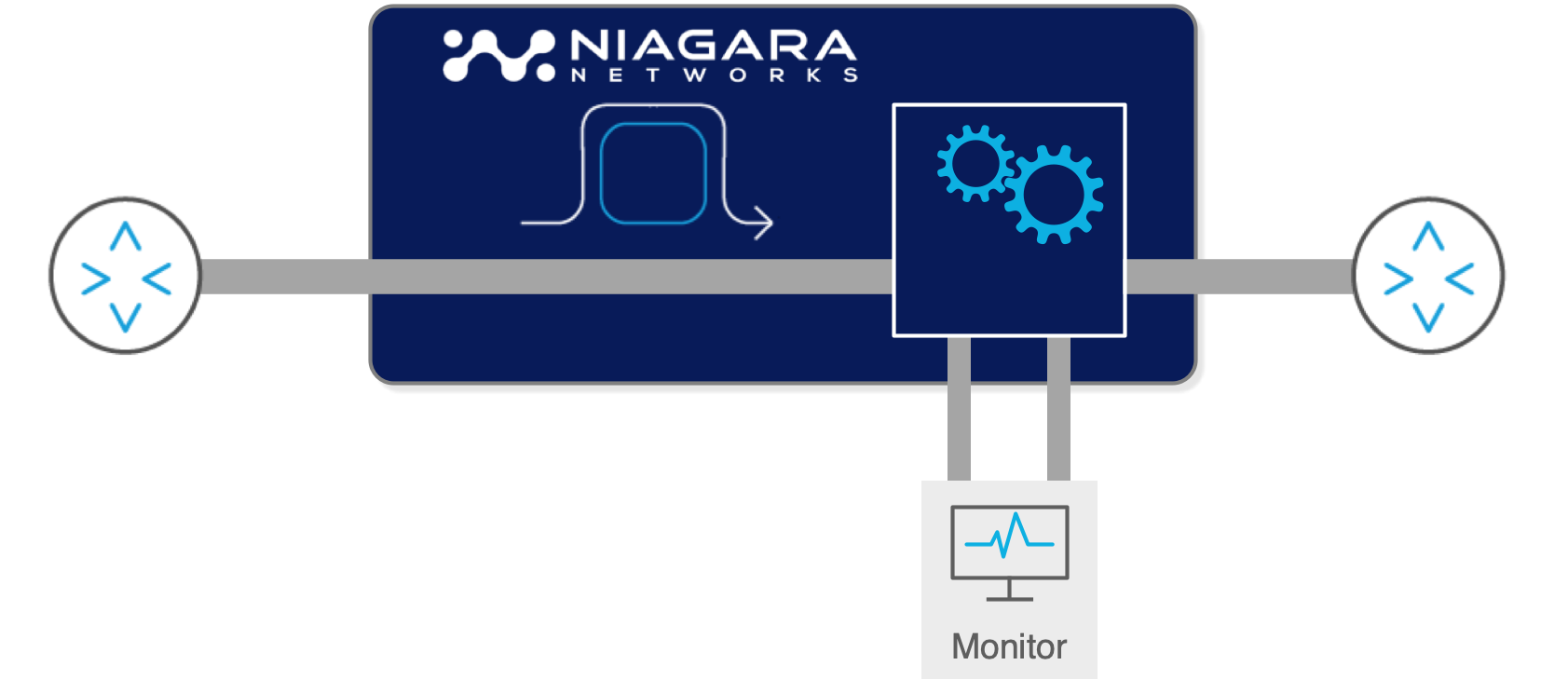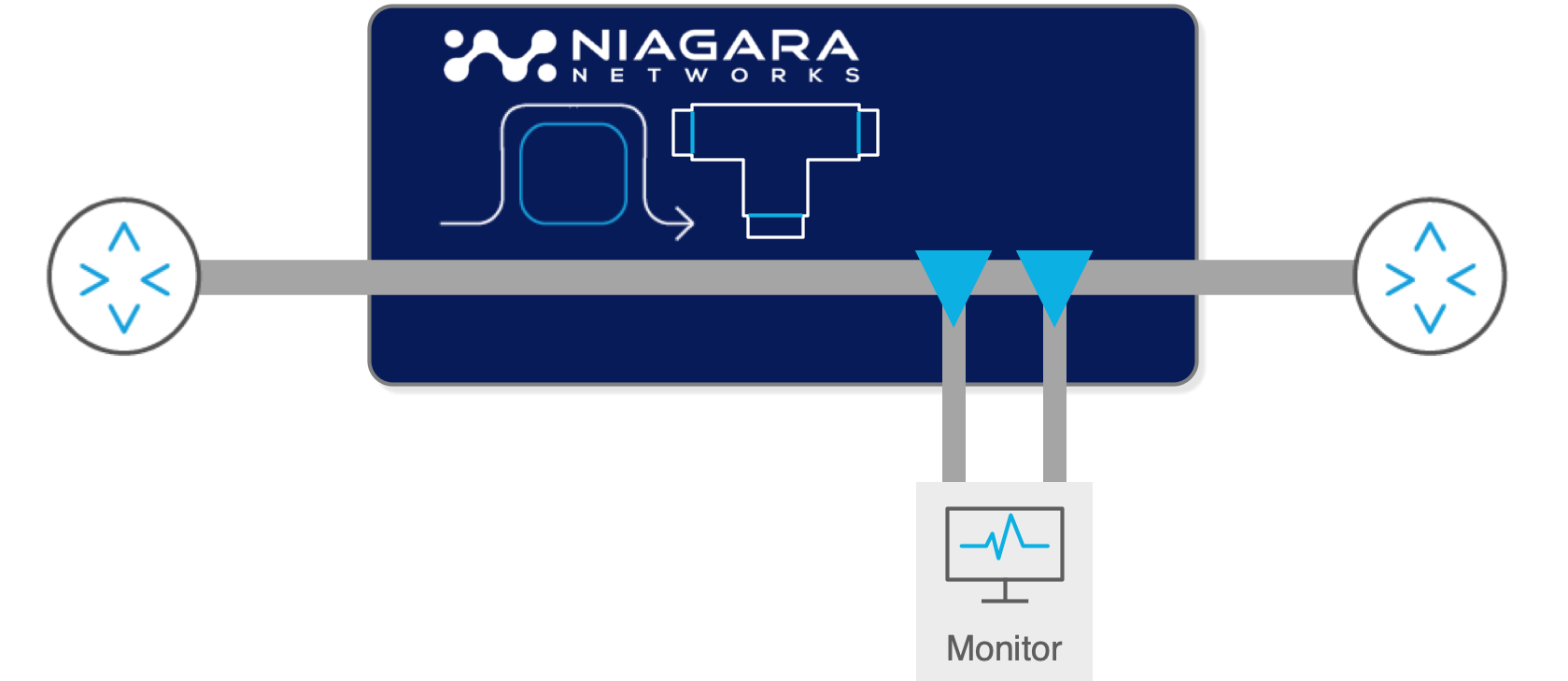Cookies help us to deliver certain functionalities to you and to guarantee the best user experience possible. By continuing to browse and use this website you agree to our use of cookies in accordance with our Privacy Policy.
Cookies help us to deliver certain functionalities to you and to guarantee the best user experience possible. By continuing to browse and use this website you agree to our use of cookies in accordance with our Privacy Policy.
A network TAP is an external network device that creates a “copy” of the traffic for use by various monitoring devices. It allows traffic mirroring and is an intricate part of an organization's network stack. The network TAP device is introduced at a point in the path of the network that is felt should be observed, so that it can copy data packets and send them to a monitoring device. The network designer will decide where the significant points for the network TAPs should be placed in the network infrastructure, based on the reason for network interface observation: data gathering, analysis, general network monitoring (such as for saturation and latency), or more critical, such as for intrusion detection, etc.
Tapping creates a copy of the traffic, the network TAP device does not modify the network traffic in any way. The traffic on the network is unaffected by the act of tapping and monitoring. Since the monitoring is performed on a copy of the traffic by a device external to the network, via a TAP network adapter, this deployment is often referred to as 'out of band'.
A TAP acts as an ‘unobtrusive observer’ of the traffic, and just feeds a copy of the data to the attached device, often a monitoring tool or a TAP aggregation device (Packet Broker). This provides full network visibility at that point. At the same time, however, should the network TAP device or monitoring device fail, it will in no way affect the traffic or its flow and thus ensures that the network remains active and secure.
A network TAP device comes in both passive and active versions – each type having its own particular advantages for network monitoring in high density networks.
Active TAP devices take part in the link negotiations and often provide additional functionality like TAP aggregation.
In a copper network, TAPs must always be powered. Niagara's active network TAP devices provide fail-safe circuitry ensuring that traffic keeps flowing through the network when the power fails on the network TAP device.
Another effective type of network TAP is the passive fiber TAP. Fiber optic TAPs are coiled into the optical fiber line and mirror all network traffic without introducing a point of failure and provide the secure access of network data in optical networks. Passive optical TAPs do not require any power and are therefore truly passive devices.

Niagara Networks offers passive or active TAPs.
A wide range of connectors, fiber types, and interface speeds are supported.


The monitoring/TAP ports provide a configurable TAP. Traffic received from either side of the link is copied and sent to one or multiple (aggregating) monitoring ports.
In case of a power failure and the device cease active operation, the traffic flow is maintained. The integrated active TAP point loses its visibility.

The passive monitoring/TAP ports provide a fixed TAP configuration. Traffic received from either side of the network link is copied to a corresponding TAP/monitoring port. Transparency to network speeds offers high flexibility to intercept traffic at 1Gbps, 10Gbps, 25Gbps, 40Gbps, 50Gbps, 100Gbps and 400Gbps traversing communication protocols.
In case of a power failure and the device cease active operation, the traffic flow as well as the visibility on the TAP ports is maintained providing full visibility in all circumstances.

© 2025 Niagara Networks. All Rights Reserved.